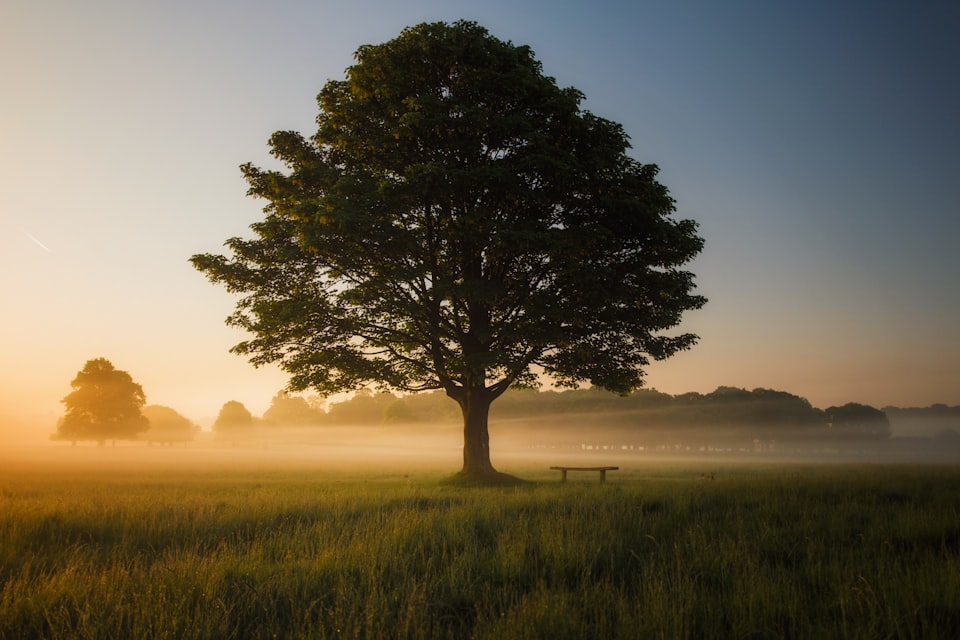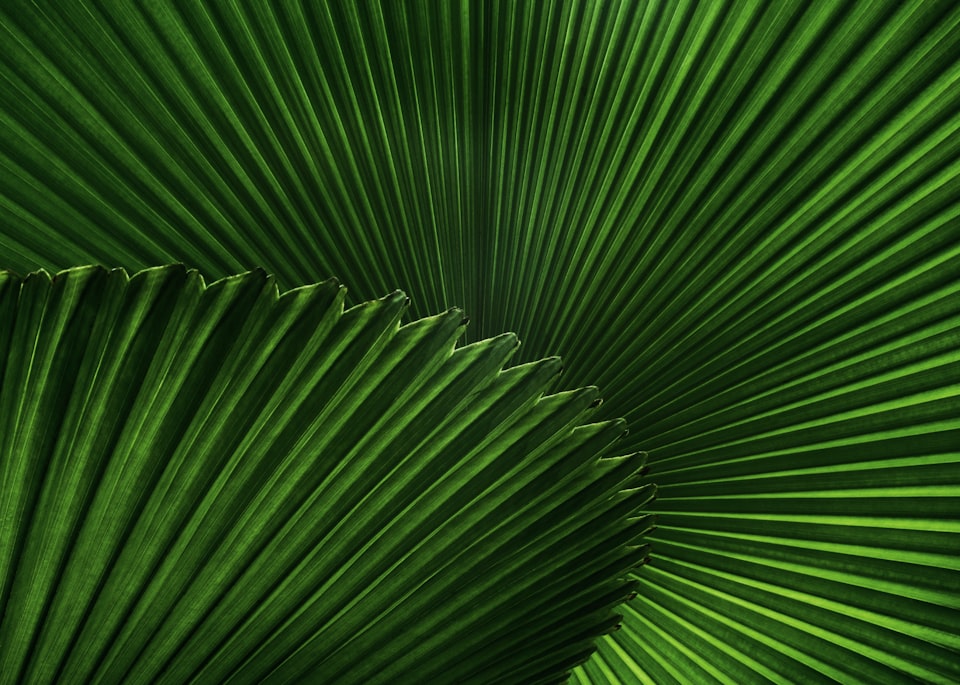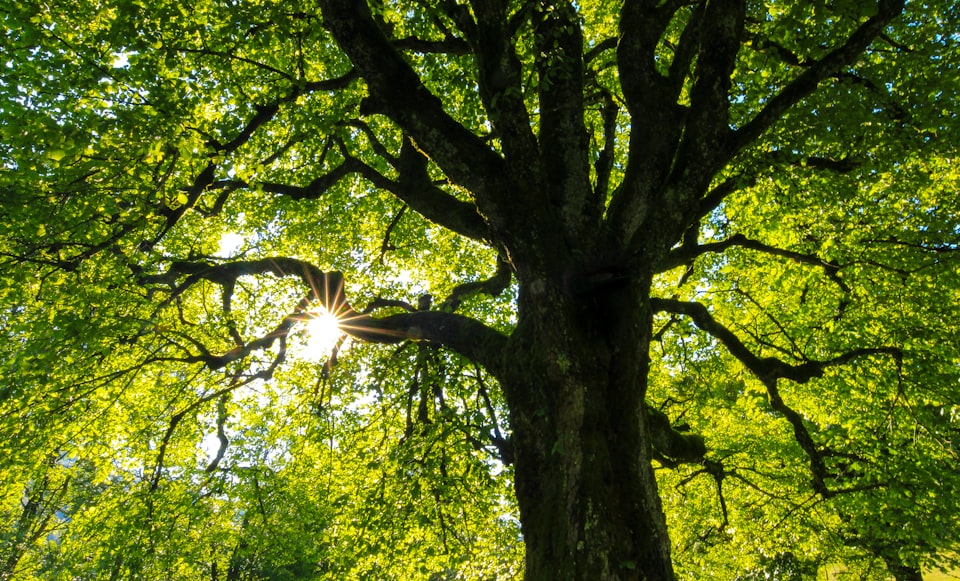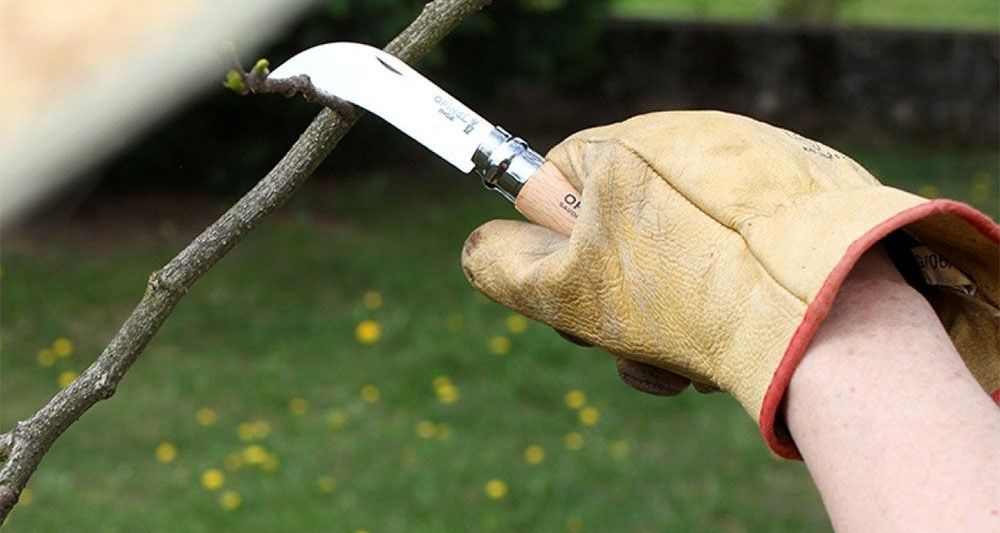IX: Alder
A tree that gets its nutrients differently.
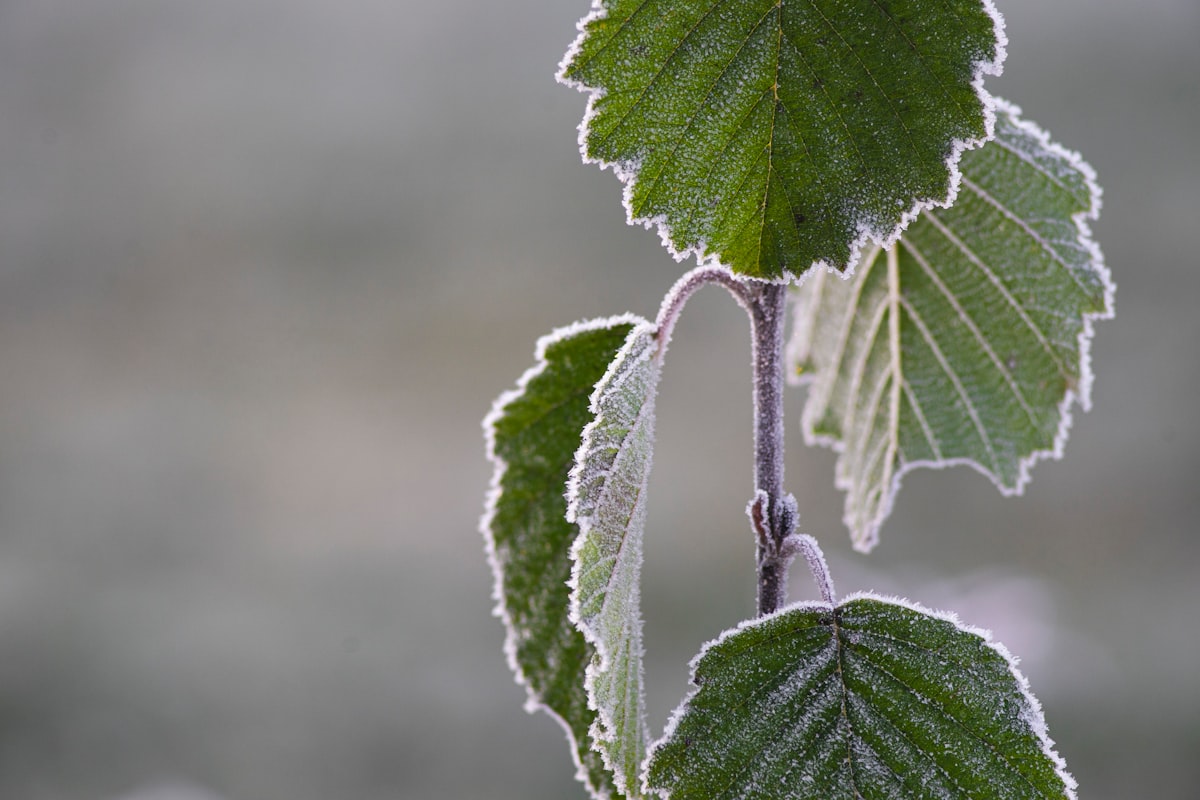
Good morning. Today is nonidi, the 9th of Germinal, Year CCXXXI. We celebrate l'aulne, a birch with cones.
💡
If you want to find an alder this time of year, look to the water. These members of the birch family don't have the tell-tale pale and peeling bark, but they do like to dip their roots into the water. The reason is that their root bark is nubbly like an elephant's skin, and those nubbles attract a bacteria that feeds on the nitrogen in the water. The alder then feeds on those bacteria, gathering its nitrogen from streams instead of soil, so that you'll often find alder where other trees fear to go. This also means that its shedding leaves in autumn form a natural fertilizer. The other standout feature comes at about this time of year, as the tree grows both male and female catkins. The male catkins shed pollen into the hard little female catkins when the wind blows, fertilizing their flower. That flower then develops into a cone as the year progresses, making alder an unusual deciduous tree that grows "pine" cones.
With apologies to alder – a truly fascinating tree that bleeds red when cut – I am very ill and cannot write a meaningful or coherent essay today. For the first time in more than 200 consecutive days of newsletter issues, I need to take a sickie. I hope to be back to rights tomorrow. Thank you for understanding.
